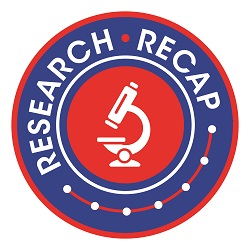This Week in EPA Science
Check out some of EPA’s gold-medal-worthy research that we’re highlighting this week.
Algal Blooms
Are you wondering why that water is green? It’s algae! EPA’s Wayne Cascio and Elizabeth Hilborn explain the environmental conditions that drive algal blooms and their health effects in the blog Why is the Beach Green?
EPA and the Chickasaw Nation
Last week in Ada, Oklahoma, EPA’s Robert S. Kerr Environmental Research Center hosted the 50th Anniversary dedication of the Center. A highlight of the celebration included the signing of a Memorandum of Understanding between EPA’s groundwater remediation and ecosystem restoration scientists and the Chickasaw Nation, a federally recognized American Indian Tribal Nation located in Oklahoma. Learn more about the research agreement in the blog EPA and the Chickasaw Nation: Working Together to Ensure Long-Term Sustainability and Quality of our Water.
Collaborating with Local Communities to Measure Air Pollution
Managing air pollution is a big job, but it can be made easier when the whole community gets involved. We call it “citizen science” — where people without a background in research can use scientific tools to address problems in their environment. To support this fast-growing field, EPA’s Science to Achieve Results (STAR) program is funding six grants to evaluate how effective low-cost, portable air sensors are when used in communities. Read more about the grants in the blog Collaborating with Local Communities to Measure Air Pollution.
Scientists vs. Rockstars
Meet EPA Physical Scientist Dr. Rebecca Dodder! Dr. Dodder recently received the Presidential Early Career Award for Scientists and Engineers for her innovative approach to evaluating current and emerging environmental challenges and opportunities related to energy production and use in the United States. As part of the recognition, Dr. Dodder was invited to visit the White House and hear from President Obama. Read about the experience in her blog Scientists vs. Rockstars.
Want to meet more of our researchers?
Meet EPA Chemical and Environmental Engineer Endalkachew Sahle-Demessie! Dr. Sahle-Demessie works on various projects, including nanomaterials and water resources, in EPA’s National Risk Management Research Laboratory.
Meet EPA Research Ecologist Ken Fritz! Dr. Fritz works in EPA’s National Exposure Research Laboratory where he investigates stream ecosystems, including ones that are dry at times. He works to supply the research that will inform policy and decisions that affect aquatic ecosystems.
And check out more of our researchers at work.
About the Author: Kacey Fitzpatrick is a writer working with the science communication team in EPA’s Office of Research and Development. She is a regular contributor to It All Starts with Science and the founding writer of “The Research Recap.”





